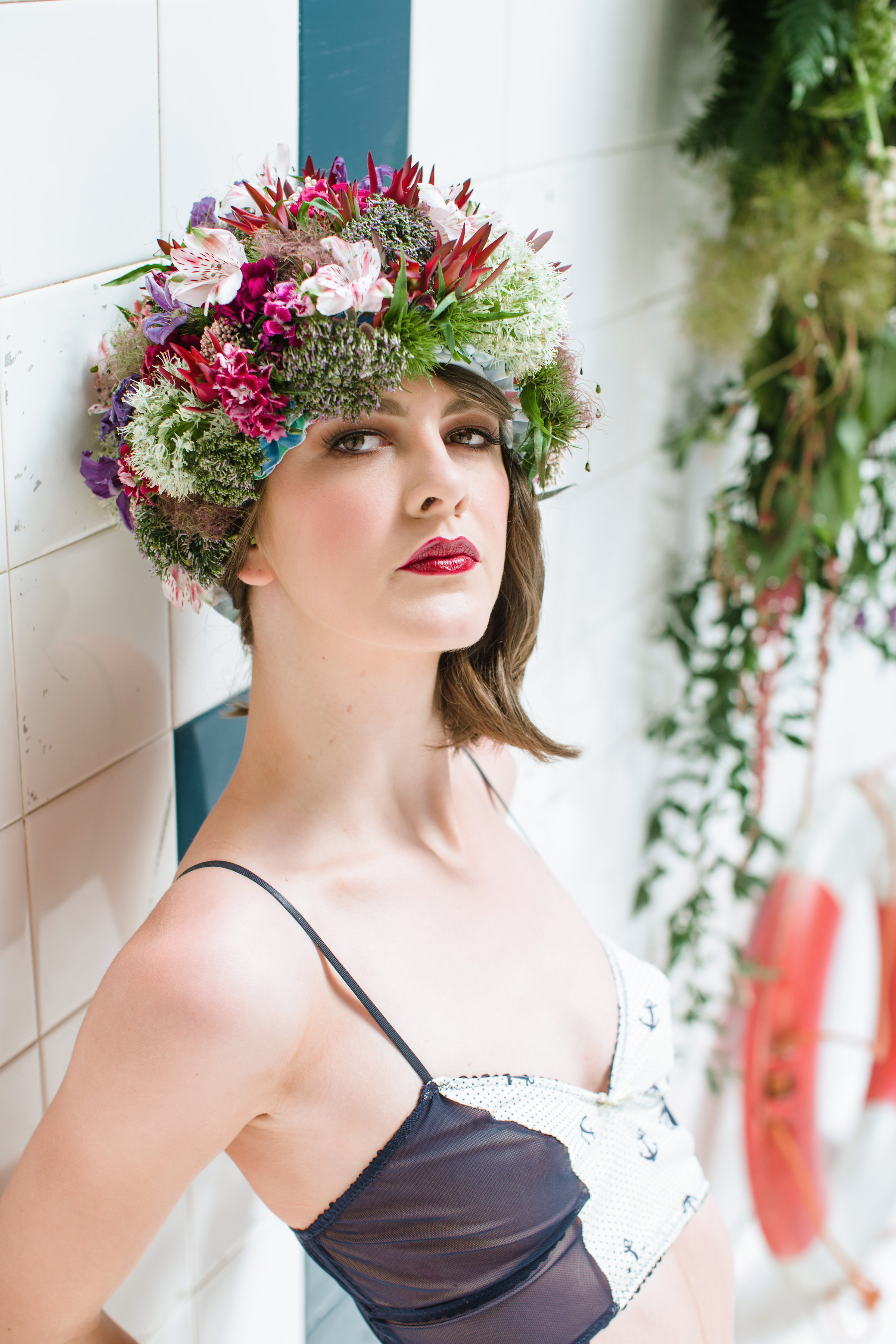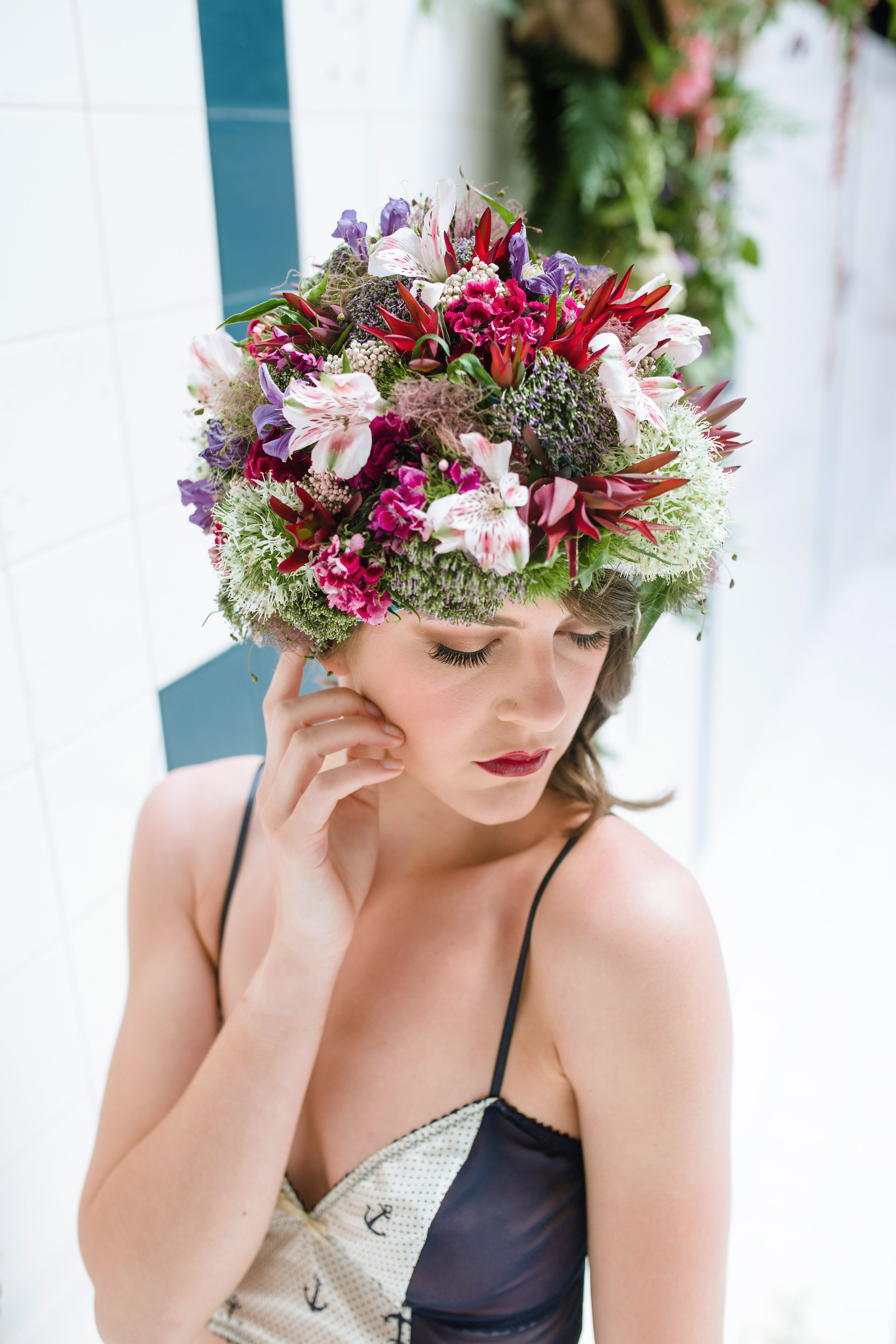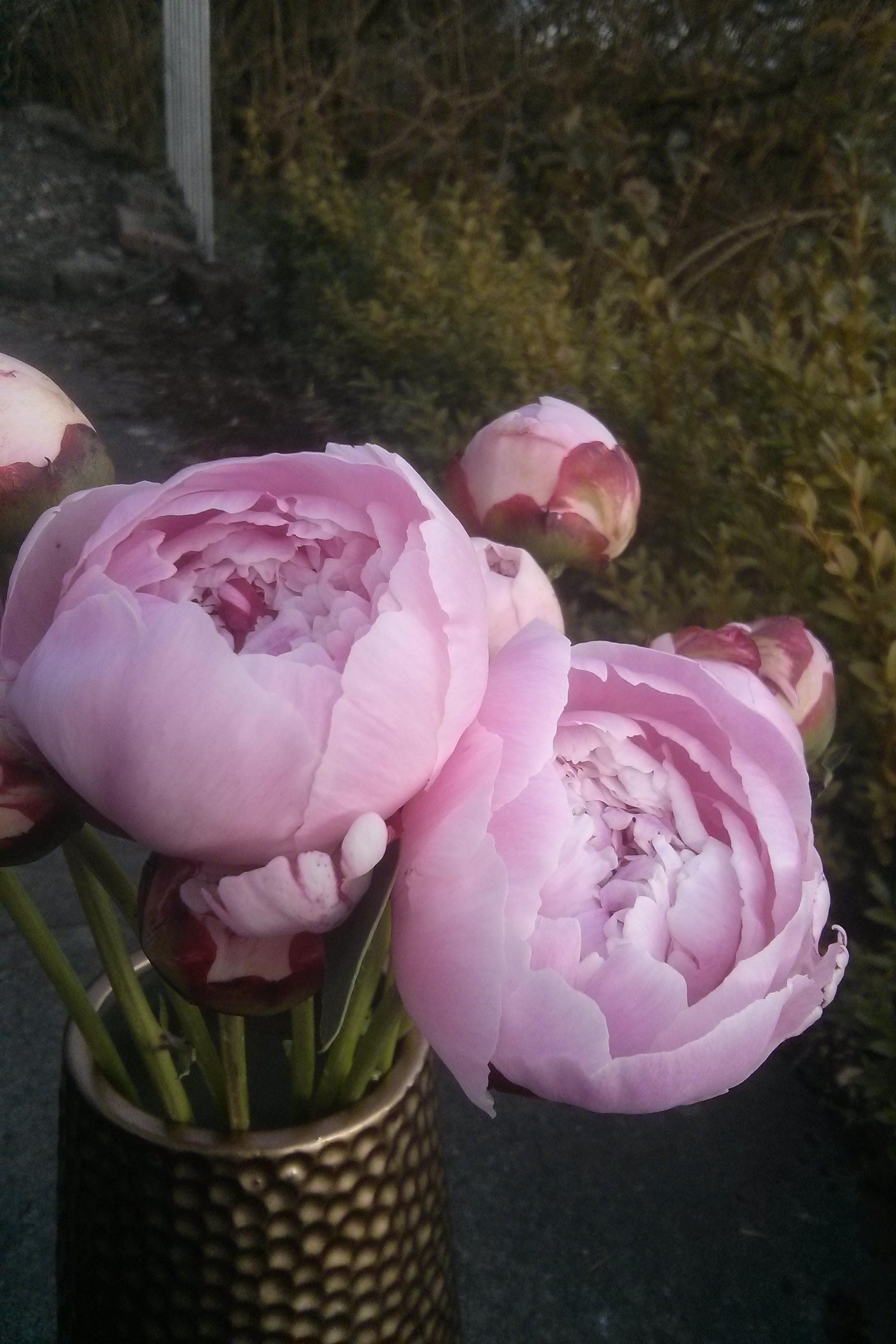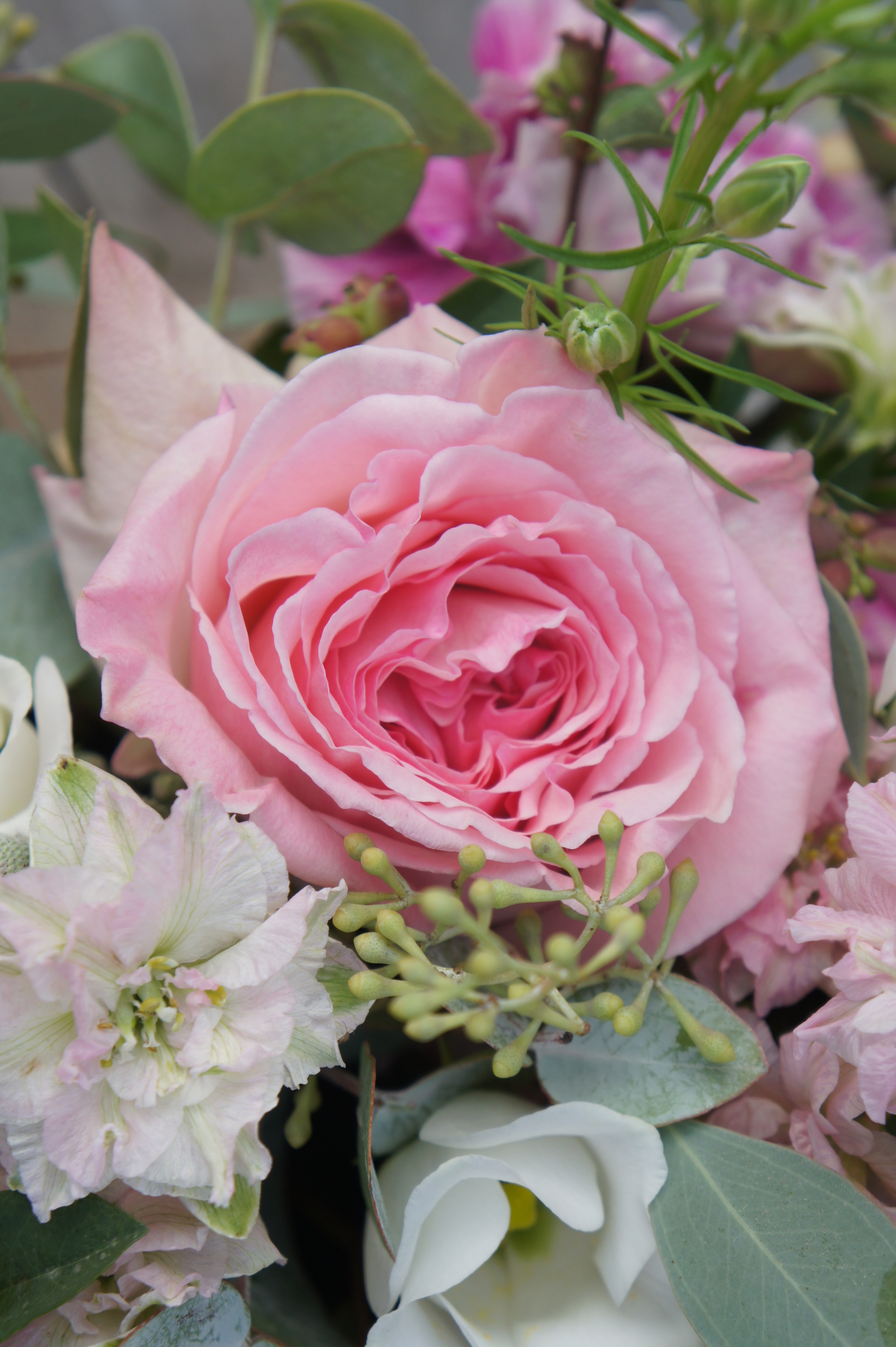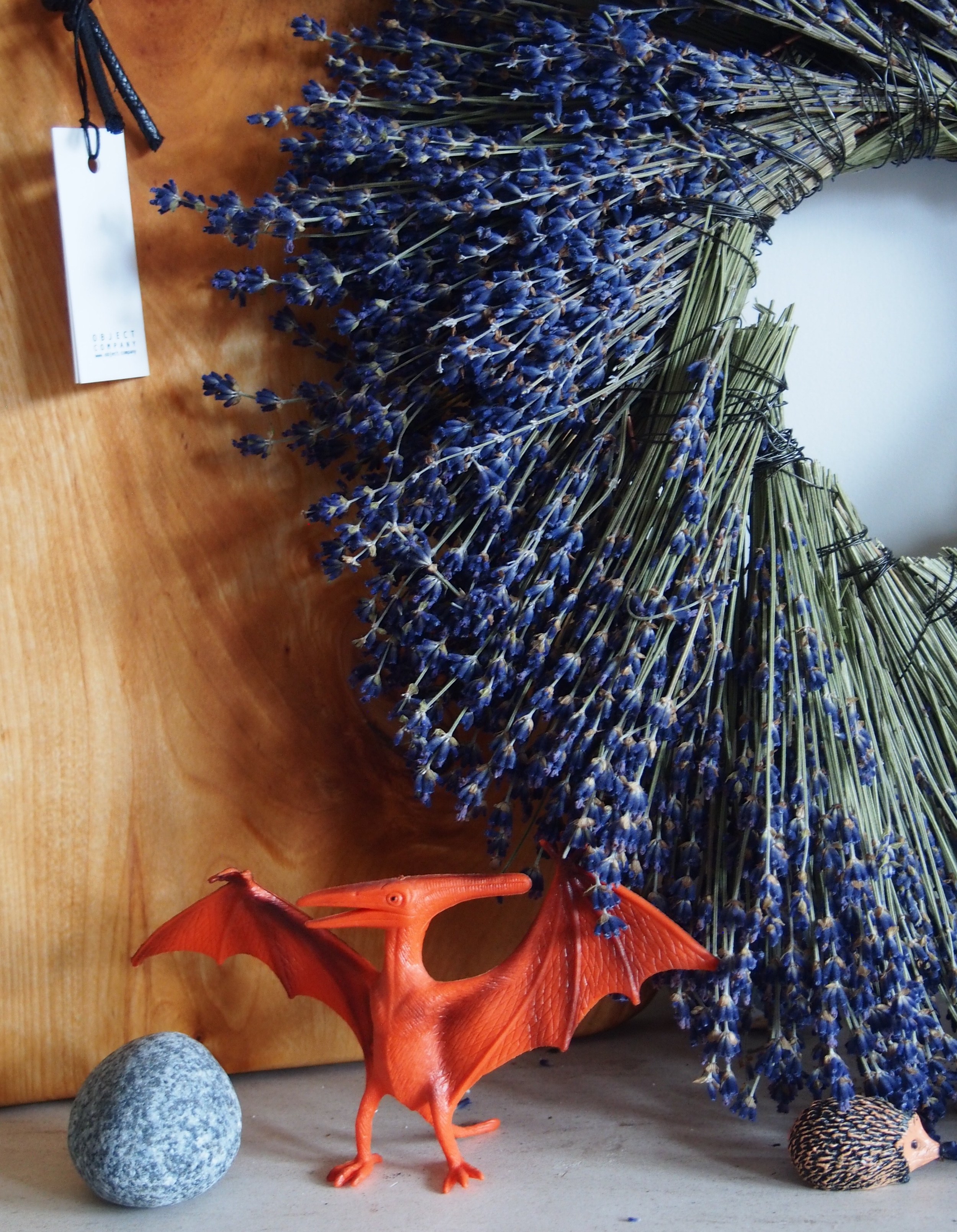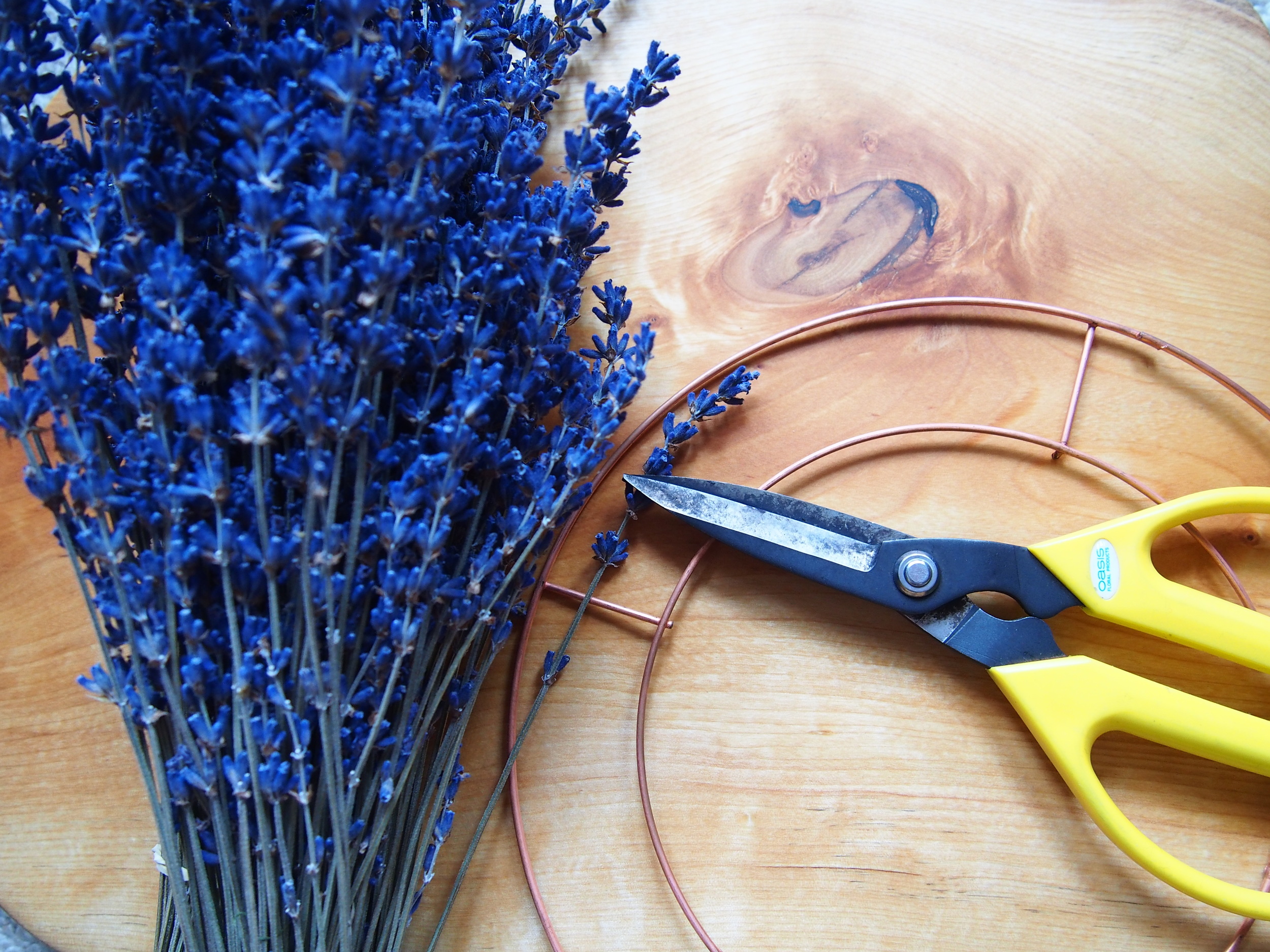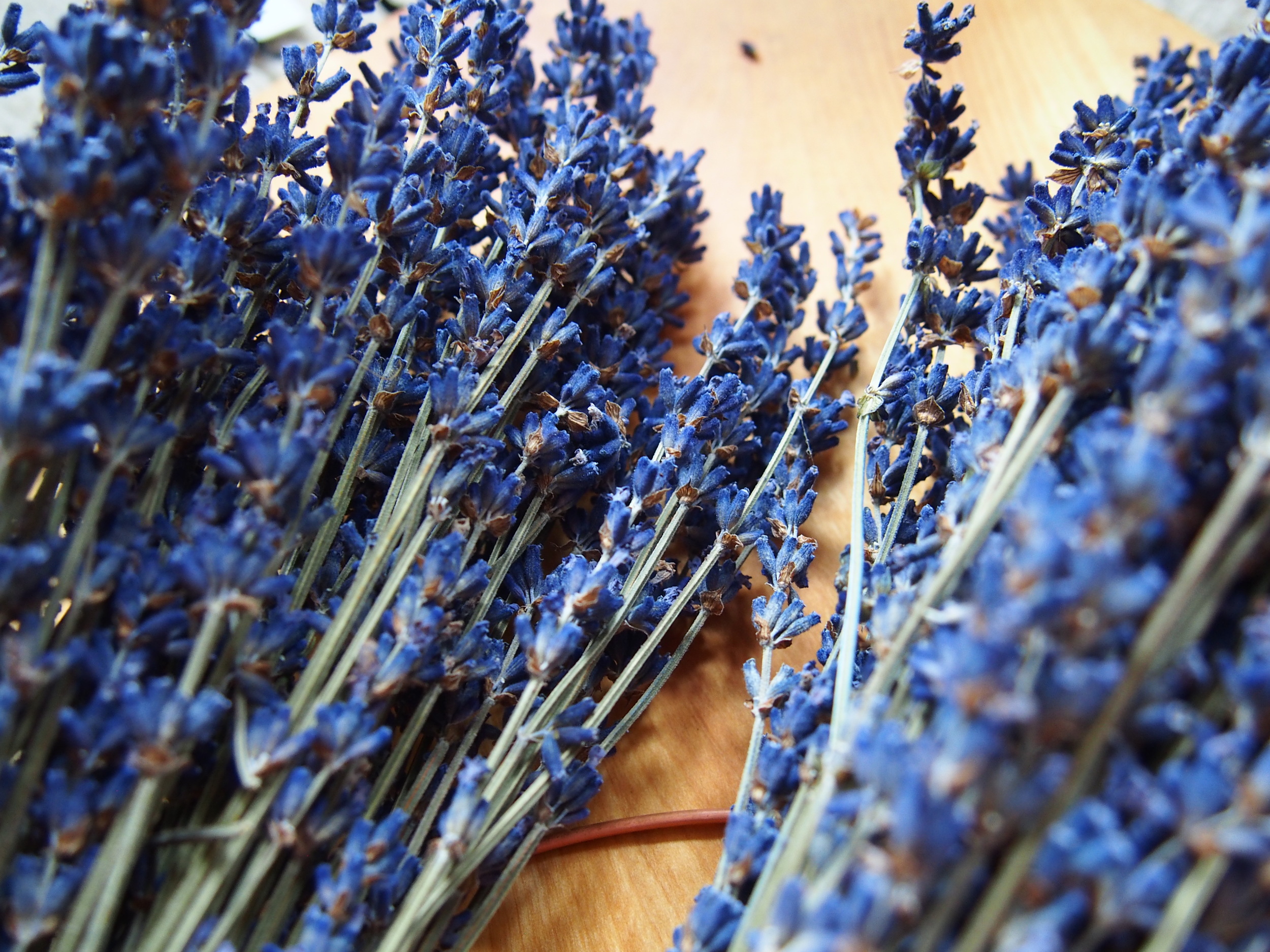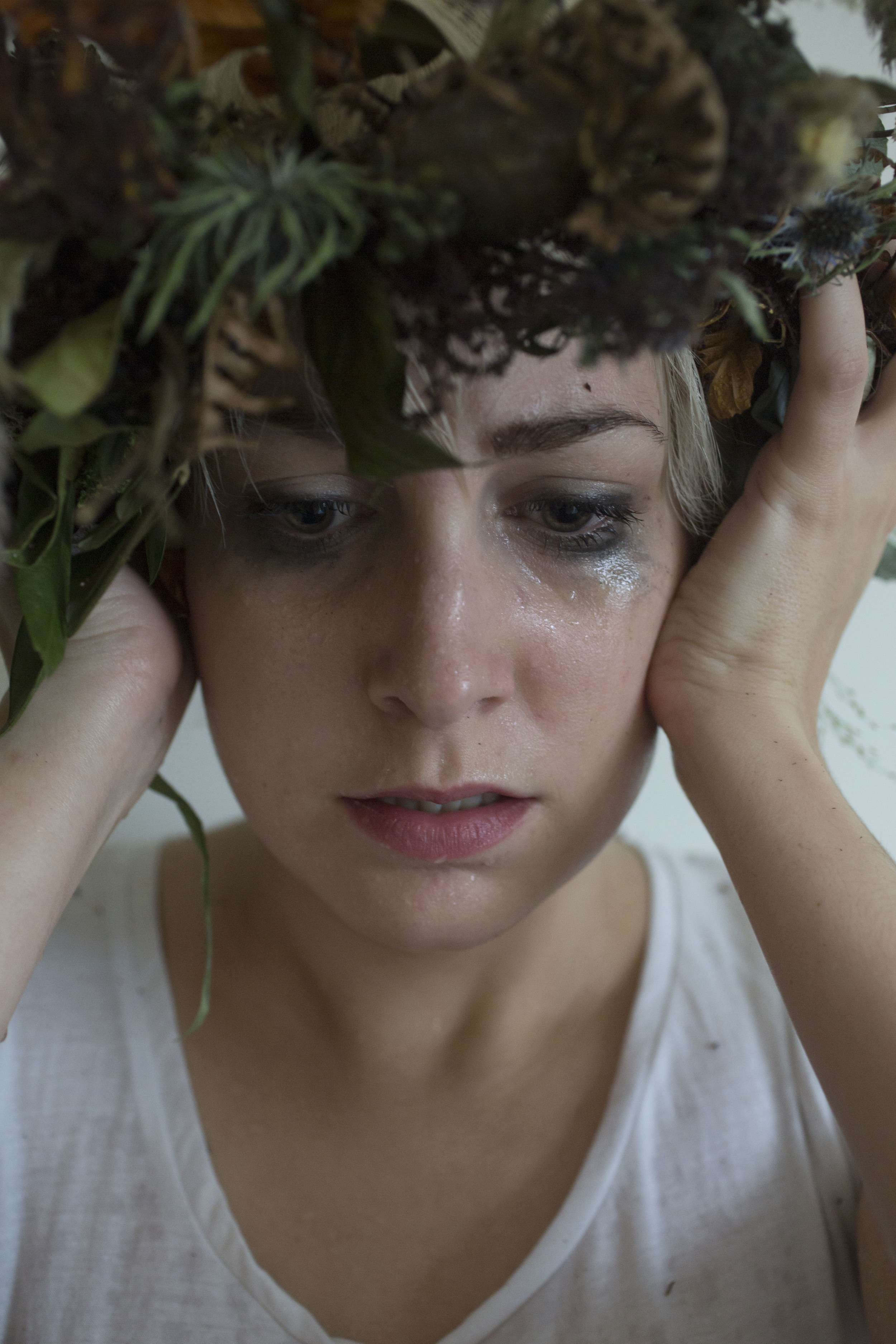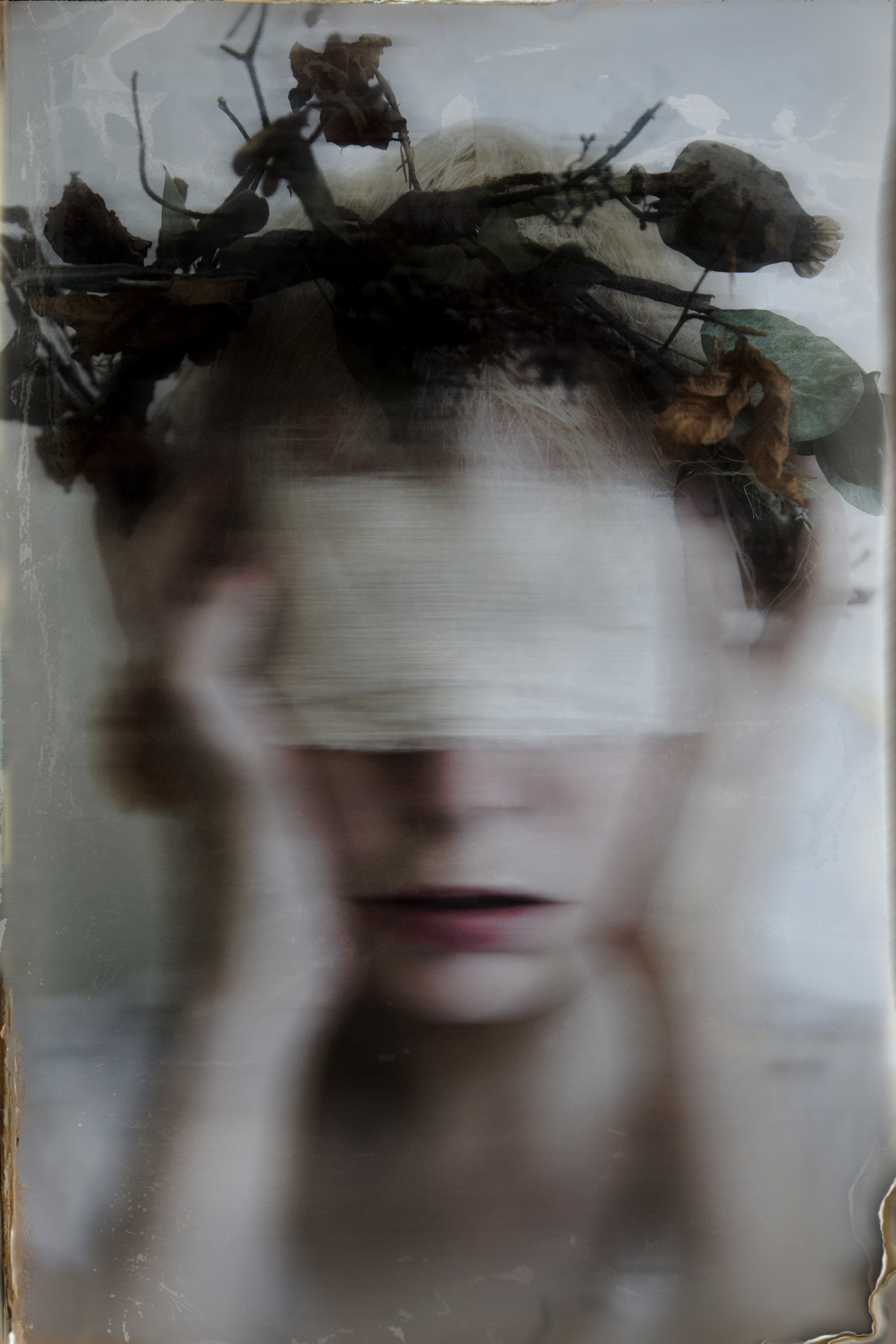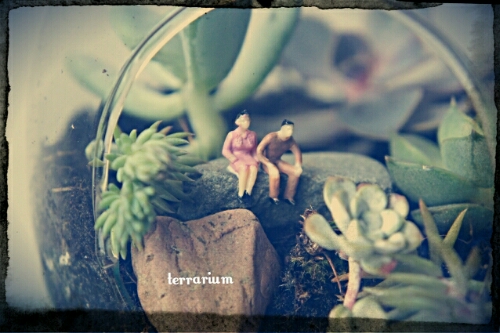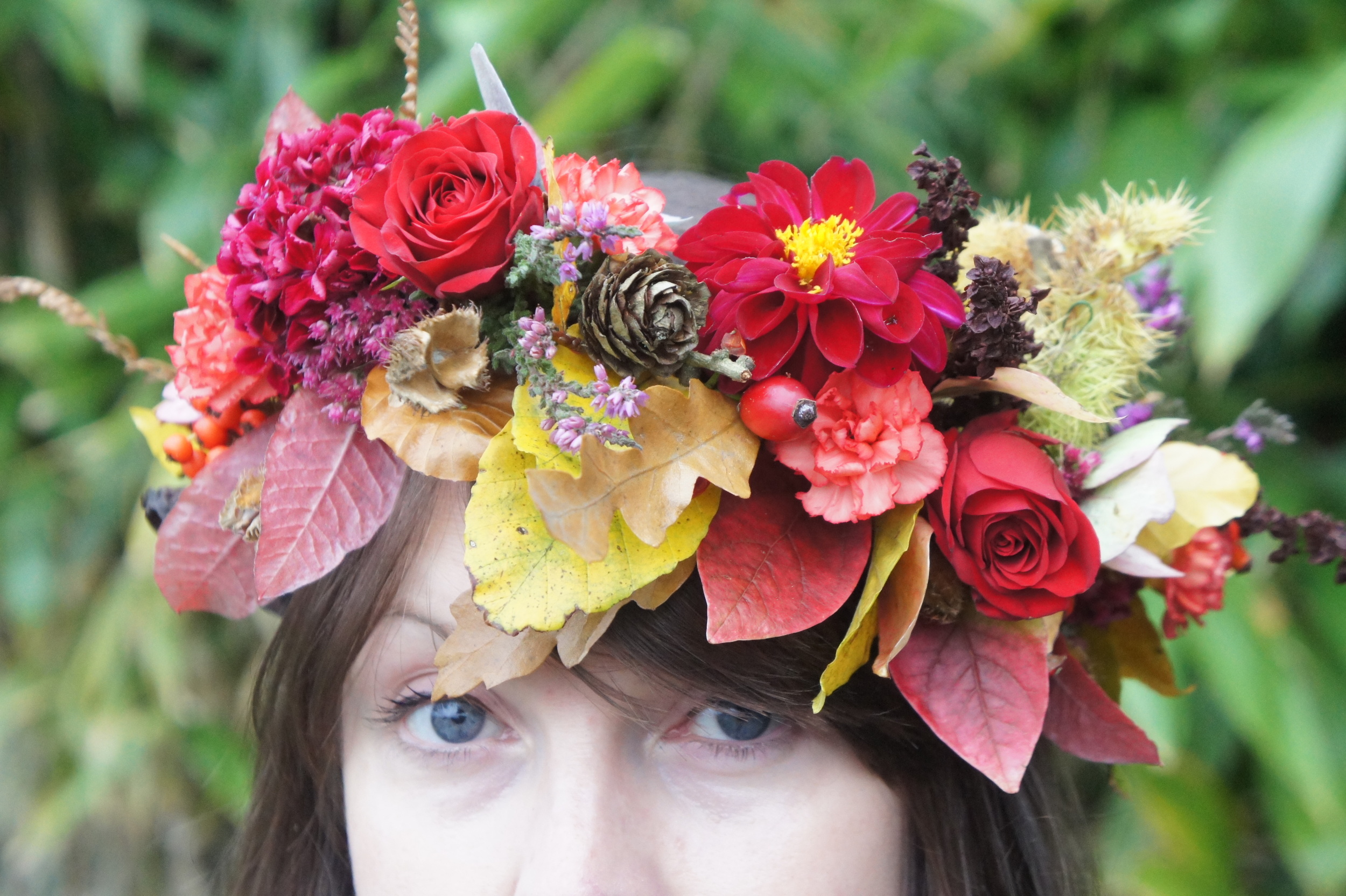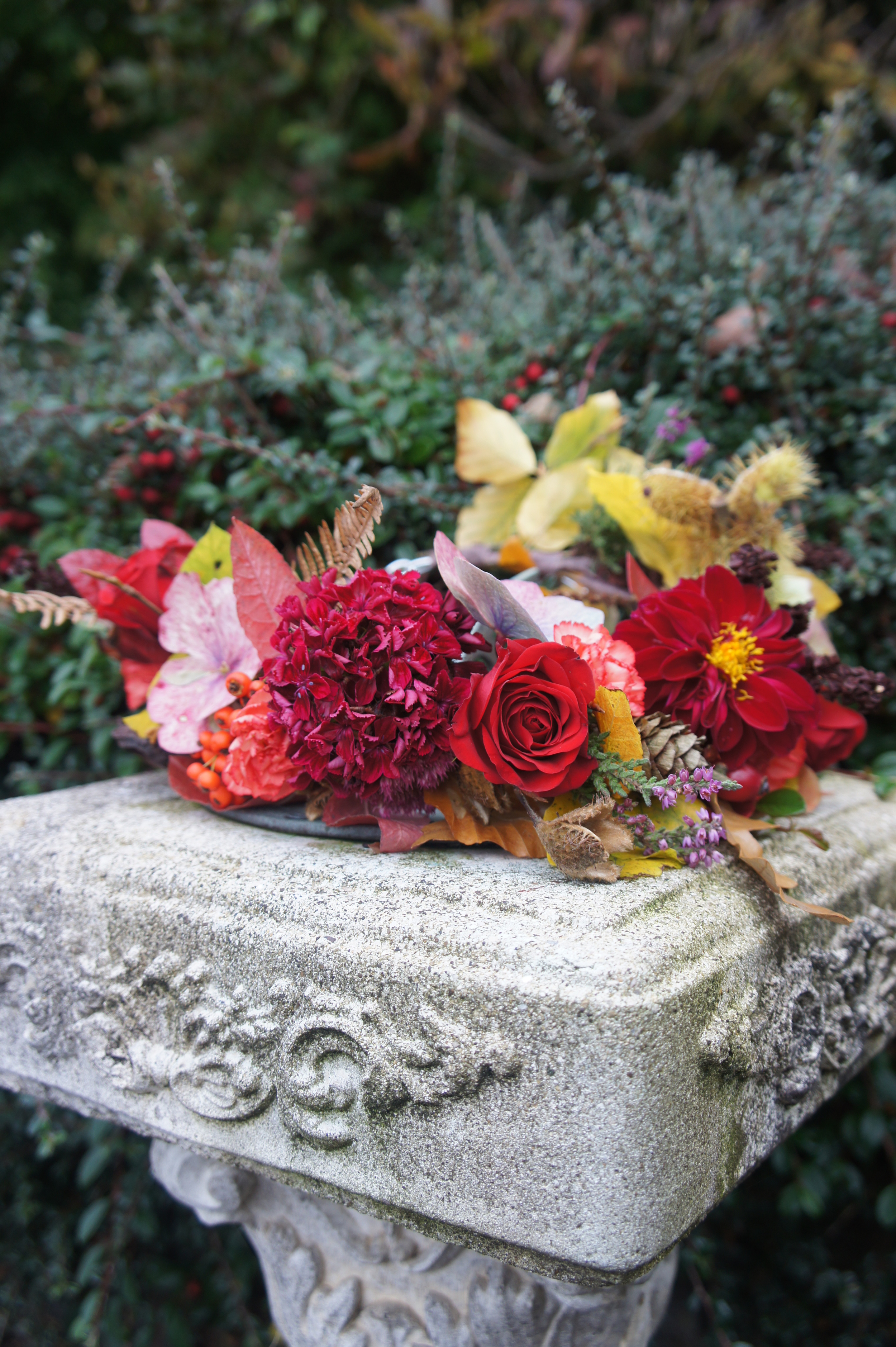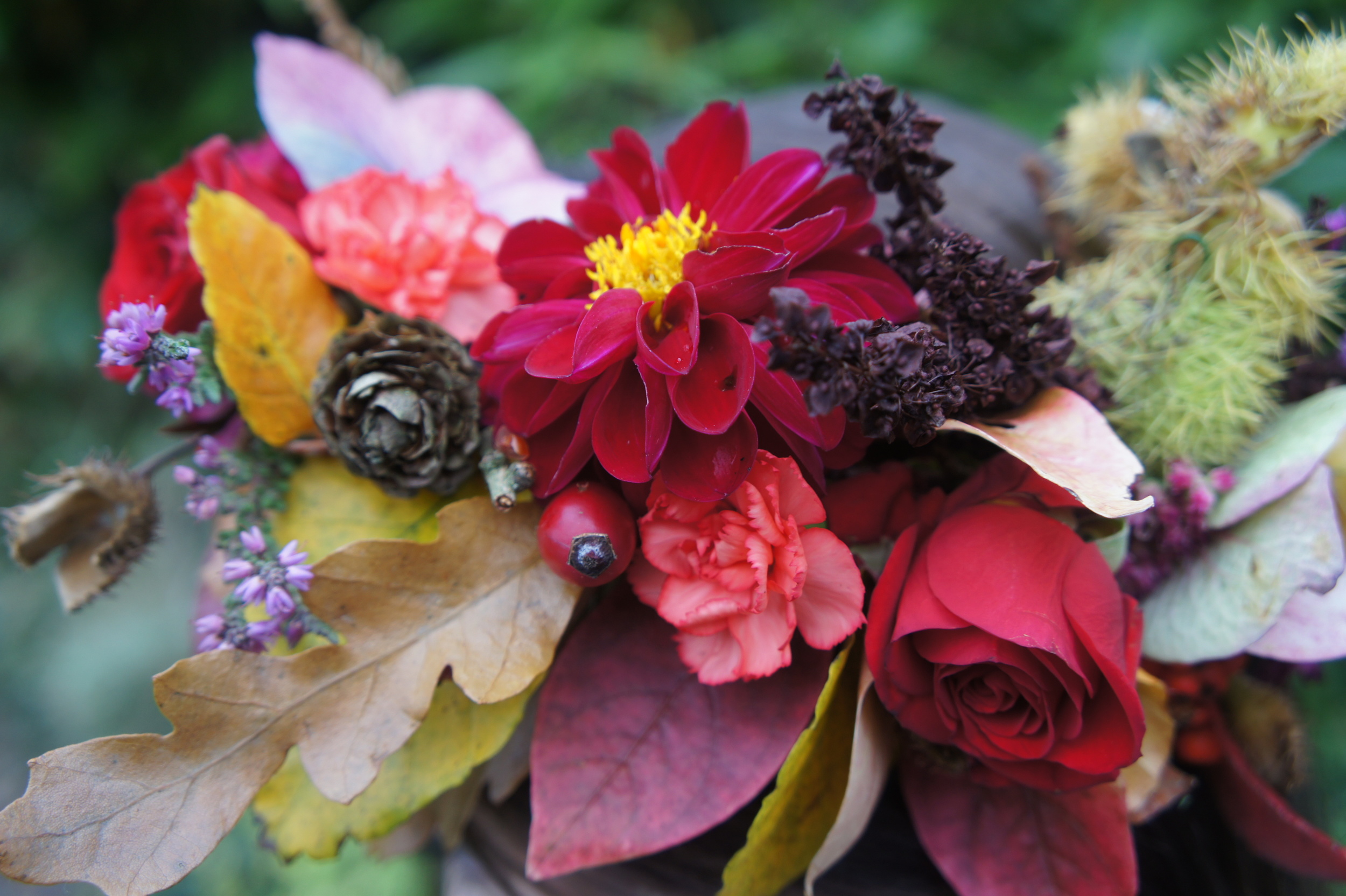Earlier this year I organised a styled shoot in Glasgow’s iconic Govanhill Baths which was then featured in the Sunday Herald magazine. I’ve been meaning to blog about it since then but this being the wedding season time seems to be flying by! One of my goals this year was to take part in more styled shoots as it’s a great way to collaborate and meet with other creatively minded suppliers and set your own creative briefs.
I’d been looking for a location to do a shoot in for a while and wanted to shoot flowers in an unusual context so the idea grew from then. I was inspired after watching a vimeo documentary about the occupation of the Baths in which there were some kids holding a banner saying “let democracy bloom”. From there the idea blossomed.
Govan is one of the most diverse communities in Glasgow and the Govanhill Baths was a key service where people from all different backgrounds mixed. Apart from the pools themselves, there was a steamie and slipper baths which were crucial services to the local community who often lived in housing that didn’t have these amenities.
It’s been 15 years since the Baths were closed, and they provided such a key service for the community there was a huge outcry when the council tried to shut them. There was an occupation for several weeks and after the supporters were forcibly evicted, the building was left to ruin. Now the Govanhill Baths Community Trust has been formed and some initial funding has been granted by the Heritage Lottery Fund to restore it to its former glory.
The way the community mobilised around the Baths and the things the building came to represent really inspired me, so having done a site visit with photographer extraordinaire Chantal from The Gibsons I knew it would be a really special project. Many of the original features of the baths are still present and although some areas are pretty run down and we had to dodge a few dead pigeons, you can really imagine what the Baths would have been like in their heyday.
With this being the year of Architecture, and the annual Doors Open Day festival about to start, it seems like re-imagining and resuscitating modern ruins is in the popular consciousness, with projects like St Peter’s Seminary / Hinterland taking place earlier in the year.
For the shoot I wanted to go for a 1920s/30s faded Gatsby glamour look, and the brilliant Natasha from Lovedeluxe Lingerie provided some great piece for our model, Maddy, to wear. Cat Robertson did a great job on make-up, managing to match the lip colour to the flowers in my bouquet perfectly! And Laura Slaven represented Anne Marie McElroy creating a great 20s style wave in Maddy’s hair.
For the flowers I wanted to create something that seemed full of the rich opulence of the 1920s Gatsby era but gone a bit wild and to seed (like the Baths themselves), so I included rich jewel tones and even an airplant as a focal element to the bouquet.
Other pieces included an installation in one of the overflow areas of the pool, a flapper headband, which would make a great substitute for a flower crown, and a statement necklace of succulents and celosia. The piece de resistance however was a swim cap created entirely from fresh flowers like artificial ones popular in the 20s and 30s.
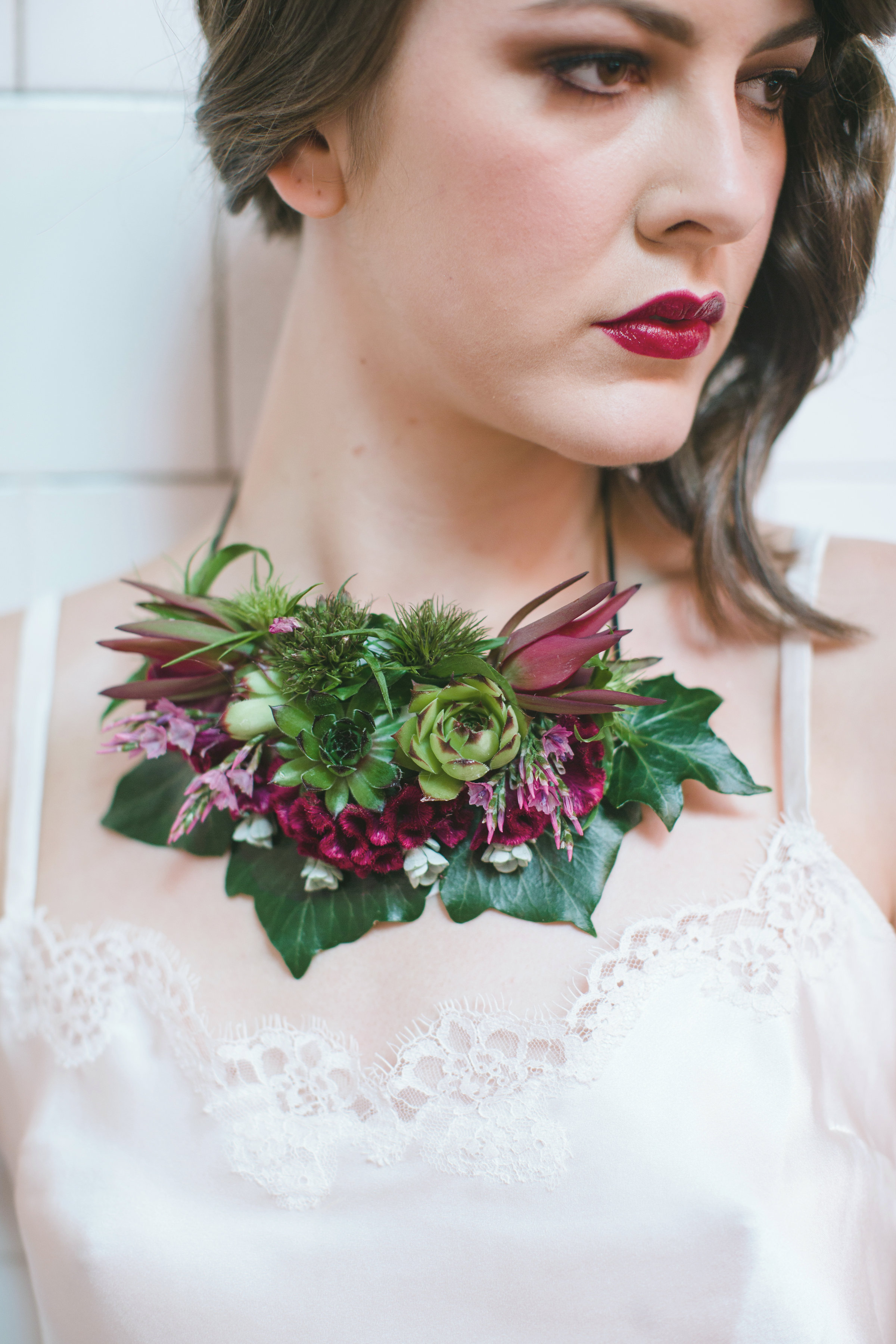
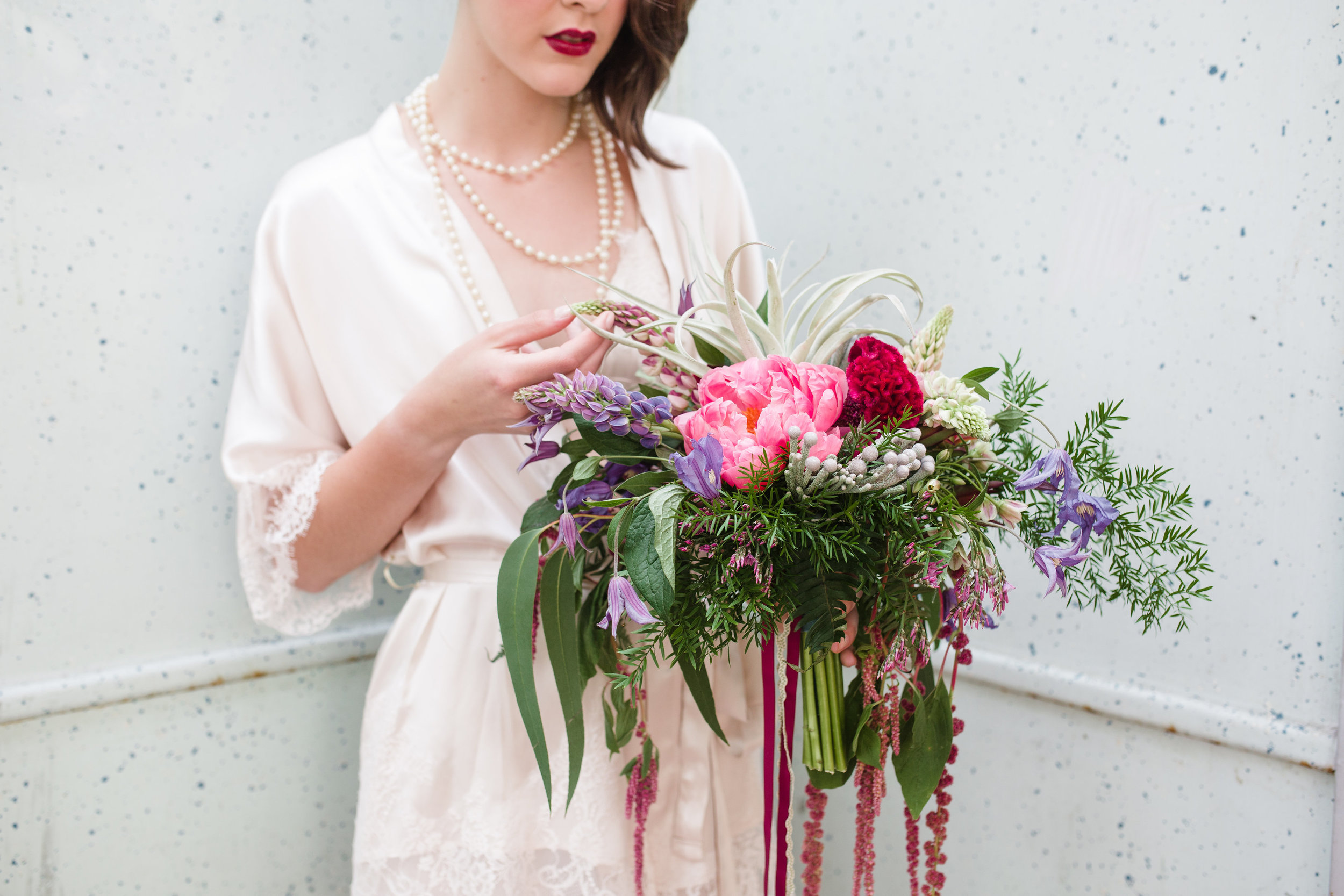

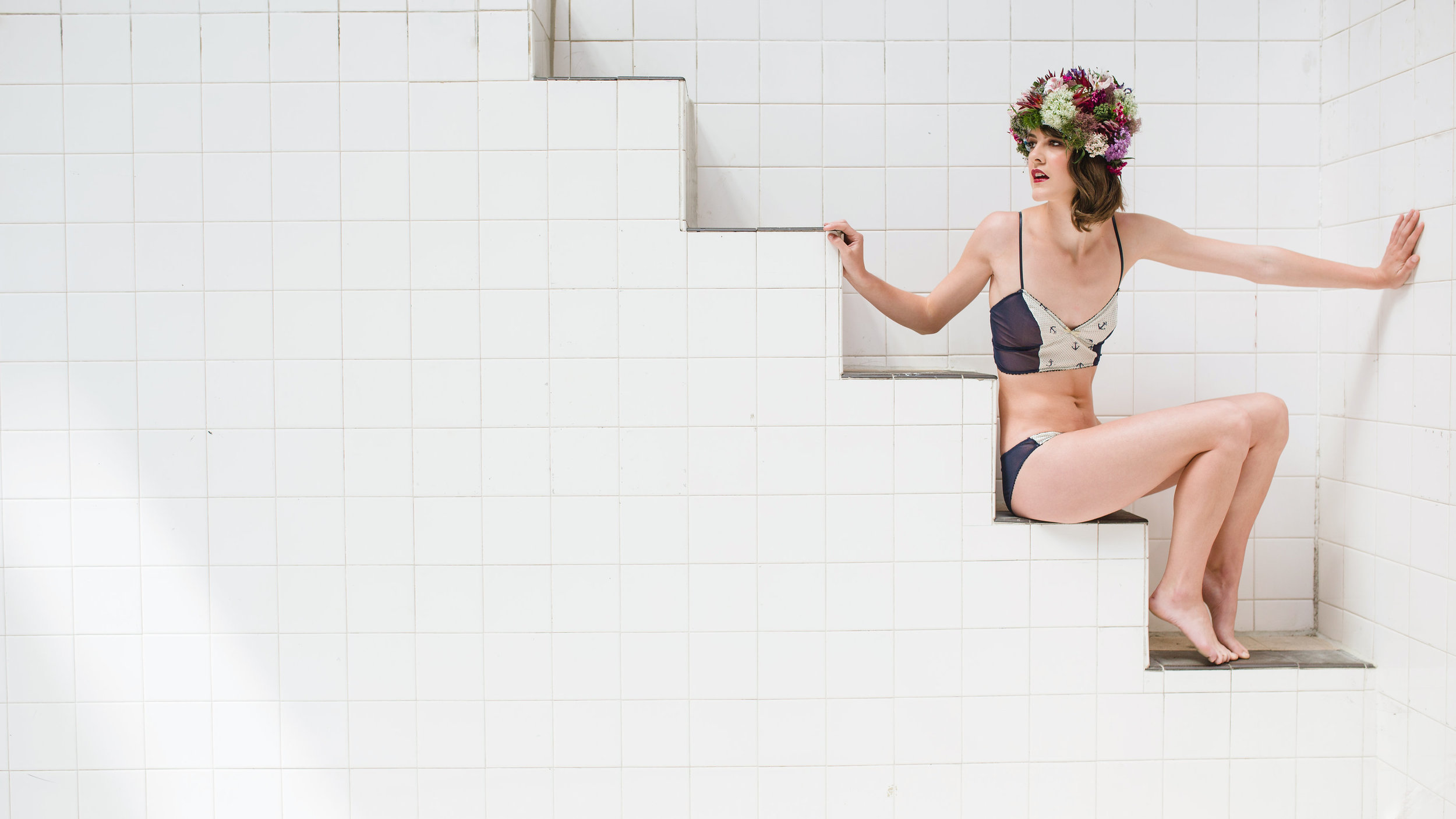

The video that initially inspired me is on Vimeo and called United We Swim and the details of the other suppliers are:
Images: The Gibsons
Make Up: Cat Robertson MUA
Hair: Laura Slaven for Anne Marie McElroy
Wardrobe: Lovedeluxe Lingerie
Venue: Govanhill Baths

